Alarm bells, if not sirens, were set off recently against the presumed rise in settler violence against innocent Palestinians in Judea and Samaria by a Knesset committee headed by Meretz MK, Mossi Raz, and fellow Knesset members from the Joint List.
The figures provided by “Yesh Din,” which calls itself a human rights non-governmental organization, look alarming. Of course, Yesh Din only deals with violence against the Palestinians and not against Israelis, settlers, and others.
The organization has counted over 1,400 acts of violence since 2012. Alarmingly, from their point of view, 416 of them took place in the first half of this year.
The Knesset “fact-finding” committee and Yesh Din never bother pointing out, let alone comparing, is the sheer volume of Palestinian violence committed against Israelis in Judea and Samaria.
For every act of violence committed by a settler, there are many more acts of violence committed by Palestinians against Israelis in Judea and Samaria, Israeli service providers, and Israeli security personnel.
The staggering difference is not only quantitative – a matter of numbers – but even more importantly, qualitative: 70% of the settler attacks against Palestinians, according to Yesh Din, involve violence against property, which in all legal systems is considered less grave than acts of bodily harm.
By contrast, nearly all of the violence committed by the Palestinians against Israelis is aimed to maim and kill the victims using firearms, knives, vehicle ramming attacks, and of course, stones (either thrown or catapulted by slingshot).
Remember the 1,457 acts of settler violence since 2012. Now compare that figure to over double that amount of incendiary bombs (3,675) Palestinians threw against passing Israeli buses and cars since 2016 (up to and including 2020), intending to set these vehicles ablaze.
Far more common is Palestinian stone-throwing seeking to kill and maim Israeli passengers in these vehicles. There have been 10,620 rock-throwing incidents since 2016.
The situation is dangerous for Israelis in Judea and Samaria. Between 2016 and the end of 2020 – years of “relative quiet” – 353 incidents of Palestinian shootings, knifings, vehicle ramming attacks against Israelis occurred, most of them resulting in the maiming or killing of their victims.
Occasionally, the victims are Palestinians, mistakenly identified as Israelis or caught in the crossfire.
Yet even these comparisons in numbers and the form and intensity of Palestinian violence leveled against Israelis compared to the beleaguered Israeli settler response does not capture the full extent of Palestinian violence.
The major difference between settler violence and Palestinian violence is that the latter is orchestrated, financed, and abetted by the Palestinian Authority (PA), the ruling party Fatah, in cooperation with other factions of the Palestinian Liberation Organization (PLO) and NGOs funded by the European Committee.
At the center of organized Palestinian violence stands the head ofthe Colonization and Wall Resistance Commission with the rank of minister in the PA. He works closely with Fatah, whose salaried district heads are responsible for mobilizing party members and supporters in campaigns of violence against Israelis and Israeli settlements and coordinating efforts with other factions and the media.
It is often a Fatah professional who leads these campaigns of violence at the local level with the help of the local Popular Committee in Defense of the Land and the Coordinating Committee of (Palestinian) Factions.
In addition to Fatah representatives, local leaders from other PLO factions such as the Popular and Democratic Fronts for the Liberation of Palestine and Islamic Jihad also participate.
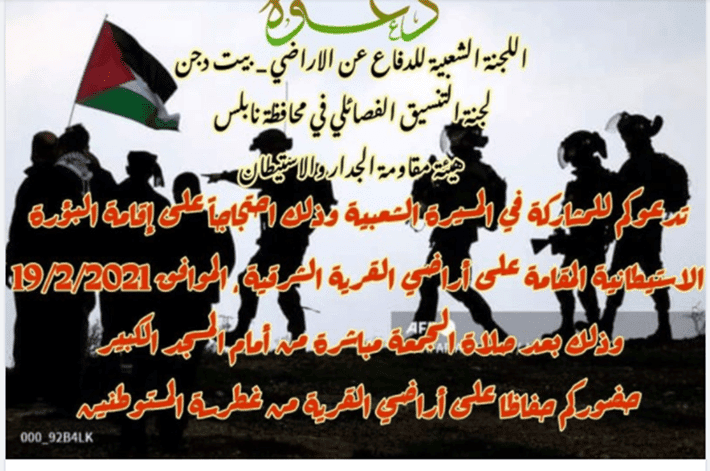
According to the Palestinians, settlement efforts are a bid to isolate and drive out the Palestinians. Yet, the PA and its organs aim to drive out Israelis by harassment and threats.
The campaign of violence against Israeli settlement in the area east of Nablus to prevent the relocation and resettlement of Eviatar is a good example.
At the epicenter of the campaign stand the considerable resources of the town of Beita, whose inhabitants exceed 20,000 and dwarf the nearby Israeli settlements of Itamar and Yitzhar with a population of around 3,000.
The local committees, taking their cue from the Hamas campaign of harassment of Israeli localities in the areas adjacent to Gaza, have organized weekly Friday campaigns of harassment against nearby settlements.
This includes rock-throwing and arson against Israeli settlements as a warning to the Jewish inhabitants. These campaigns are meticulously followed and glorified by the PA-financed media.
Most of the responses by the settlers are acts of exasperation at endemic, PA-orchestrated Palestinian violence.
Palestinian violence is vastly more common than settler violence. Meretz MK Mossi Raz would have been more credible were he to address the PA’s systemic efforts to promote violence against civilians thirty years after the PLO committed itself to the peaceful resolution of the conflict.
JISS Policy Papers are published through the generosity of the Greg Rosshandler Family.
Photo: Nagham Abed Hashlamoun

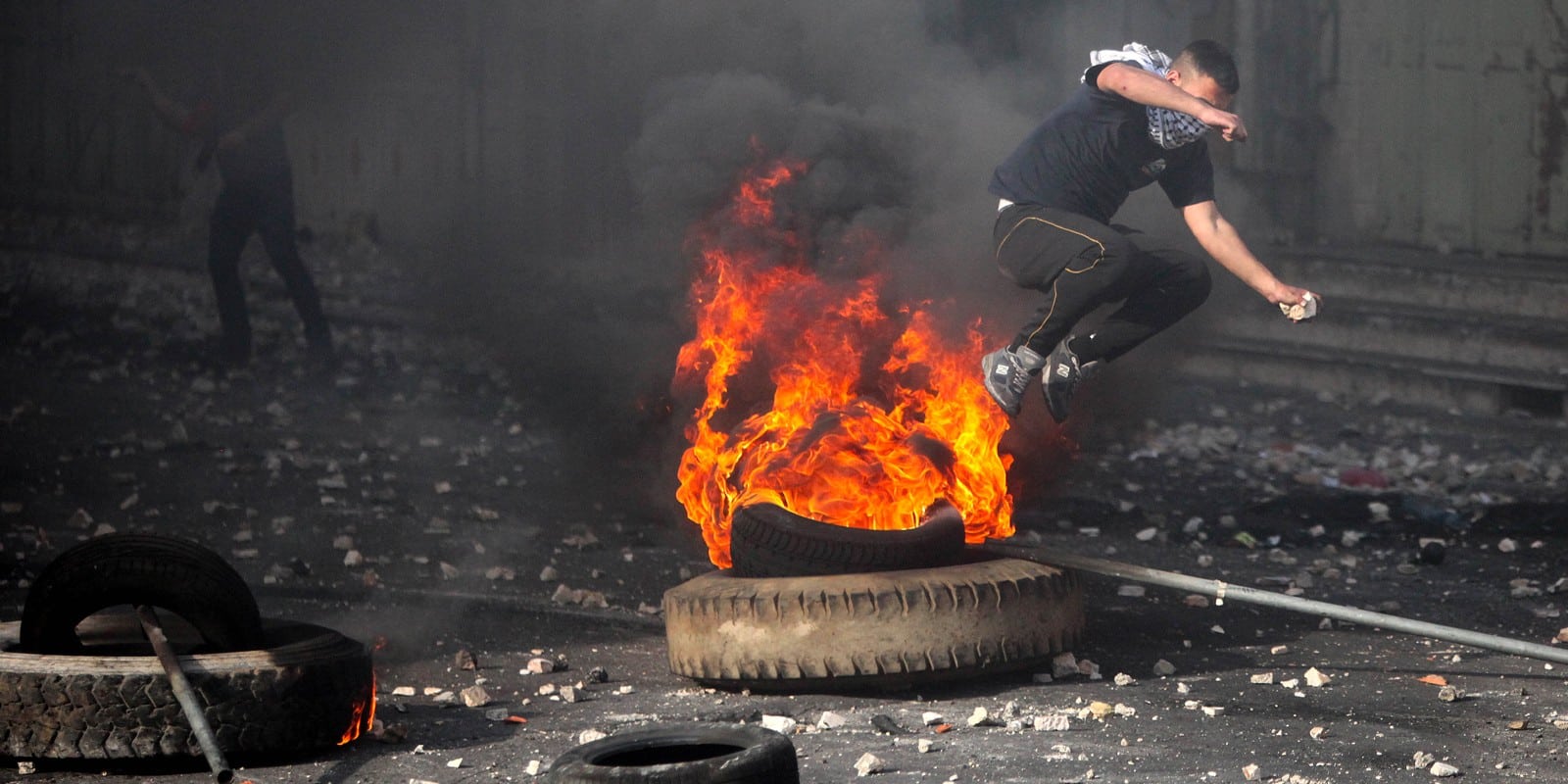





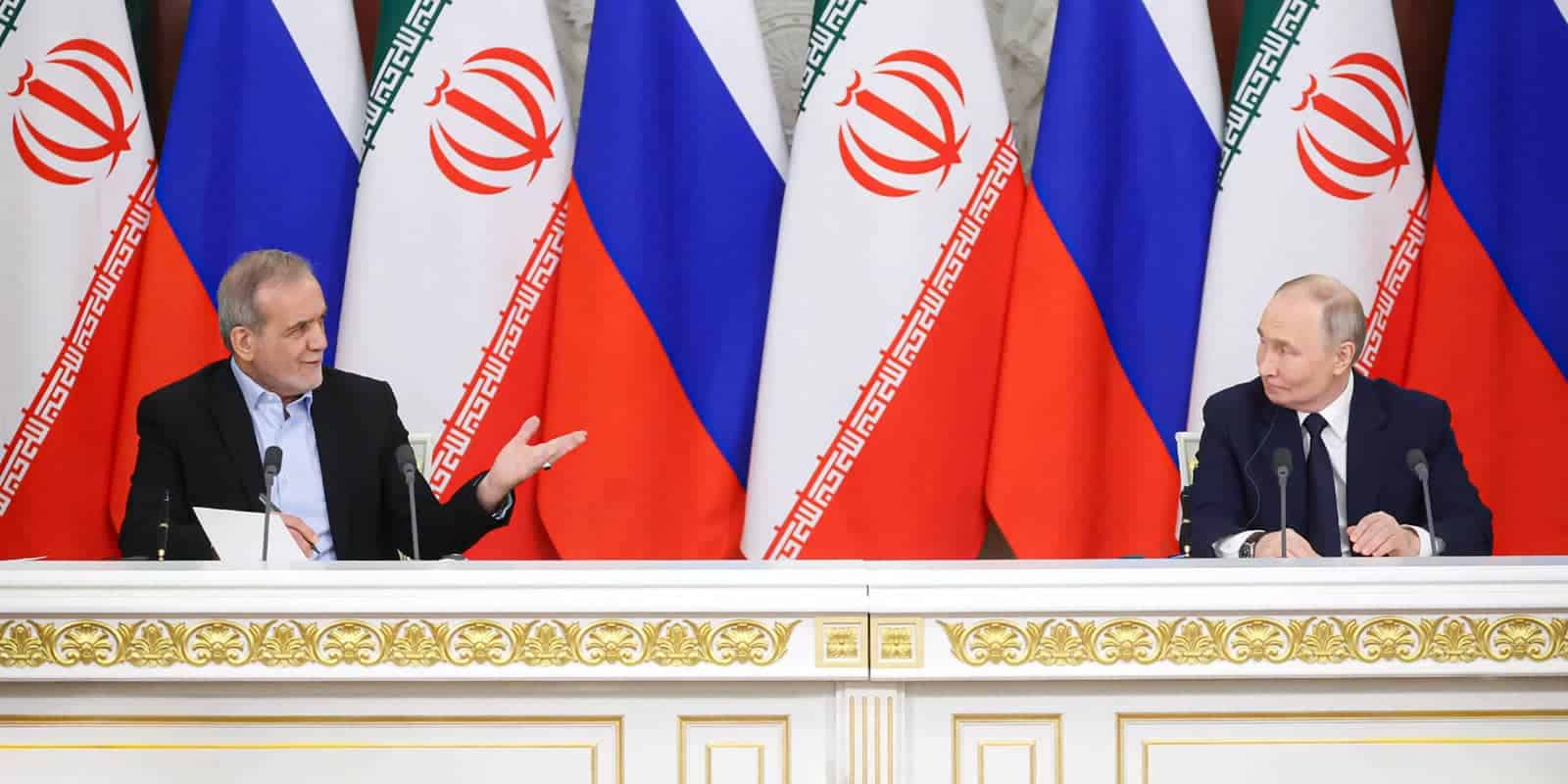
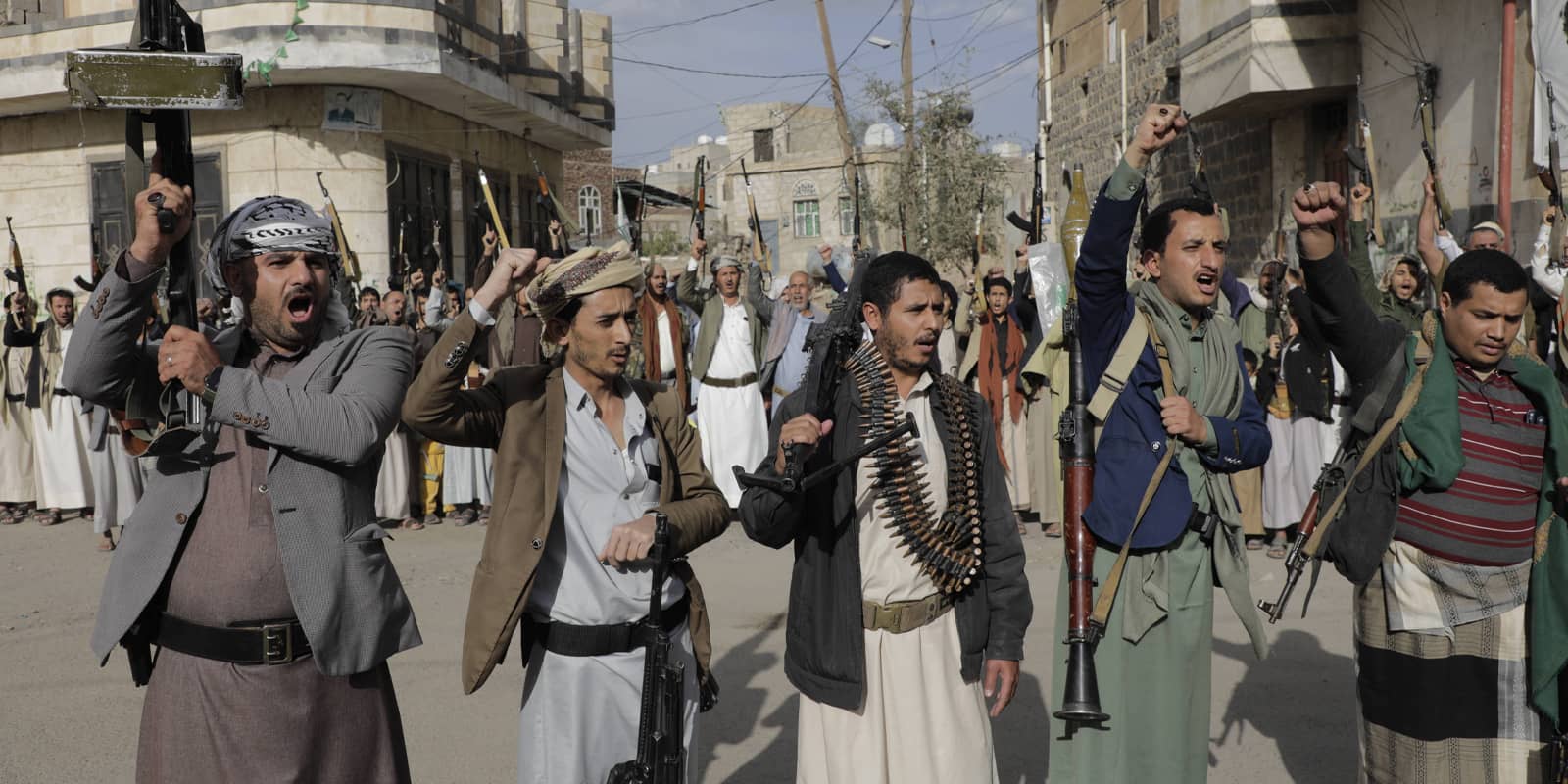
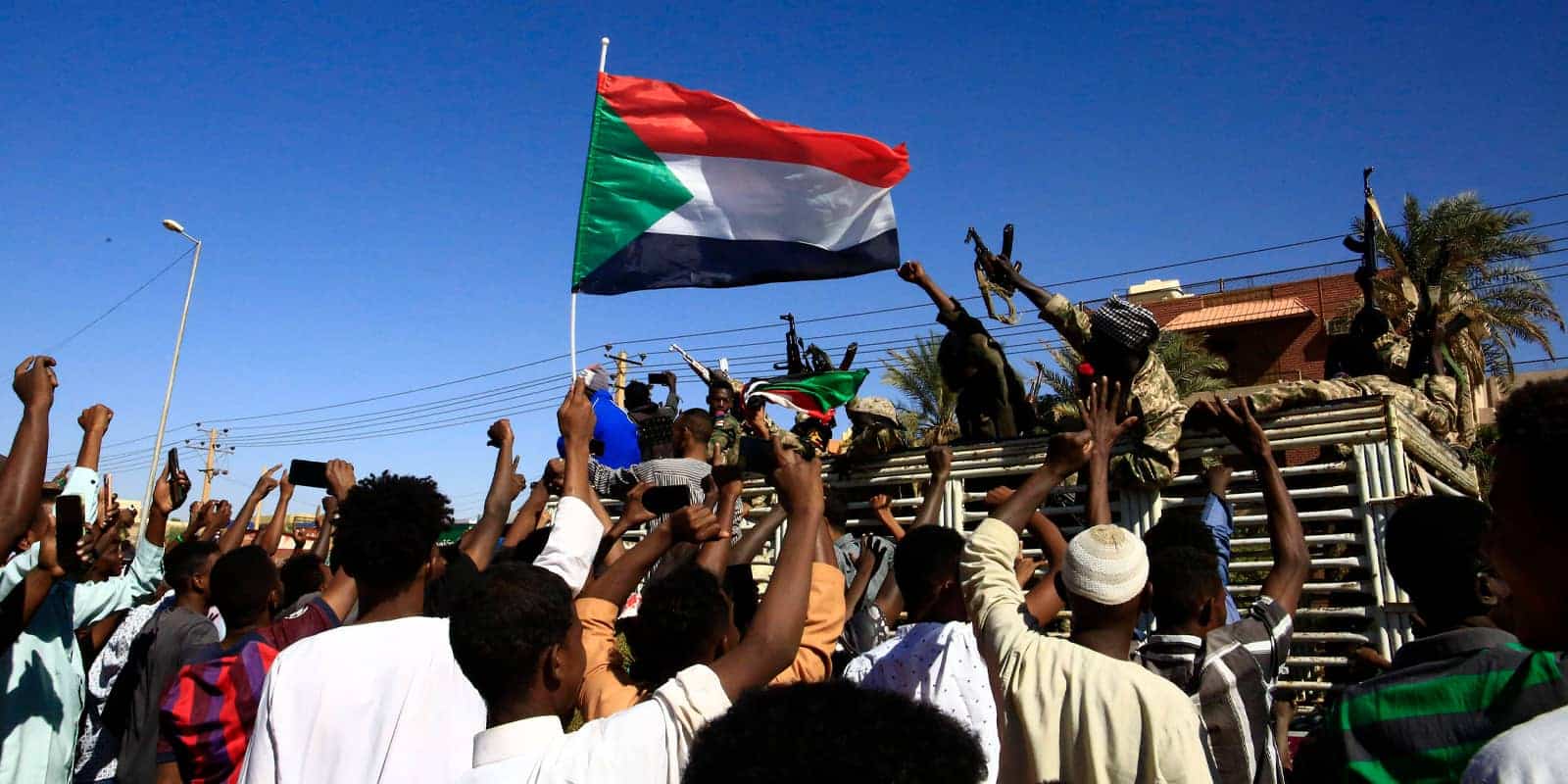


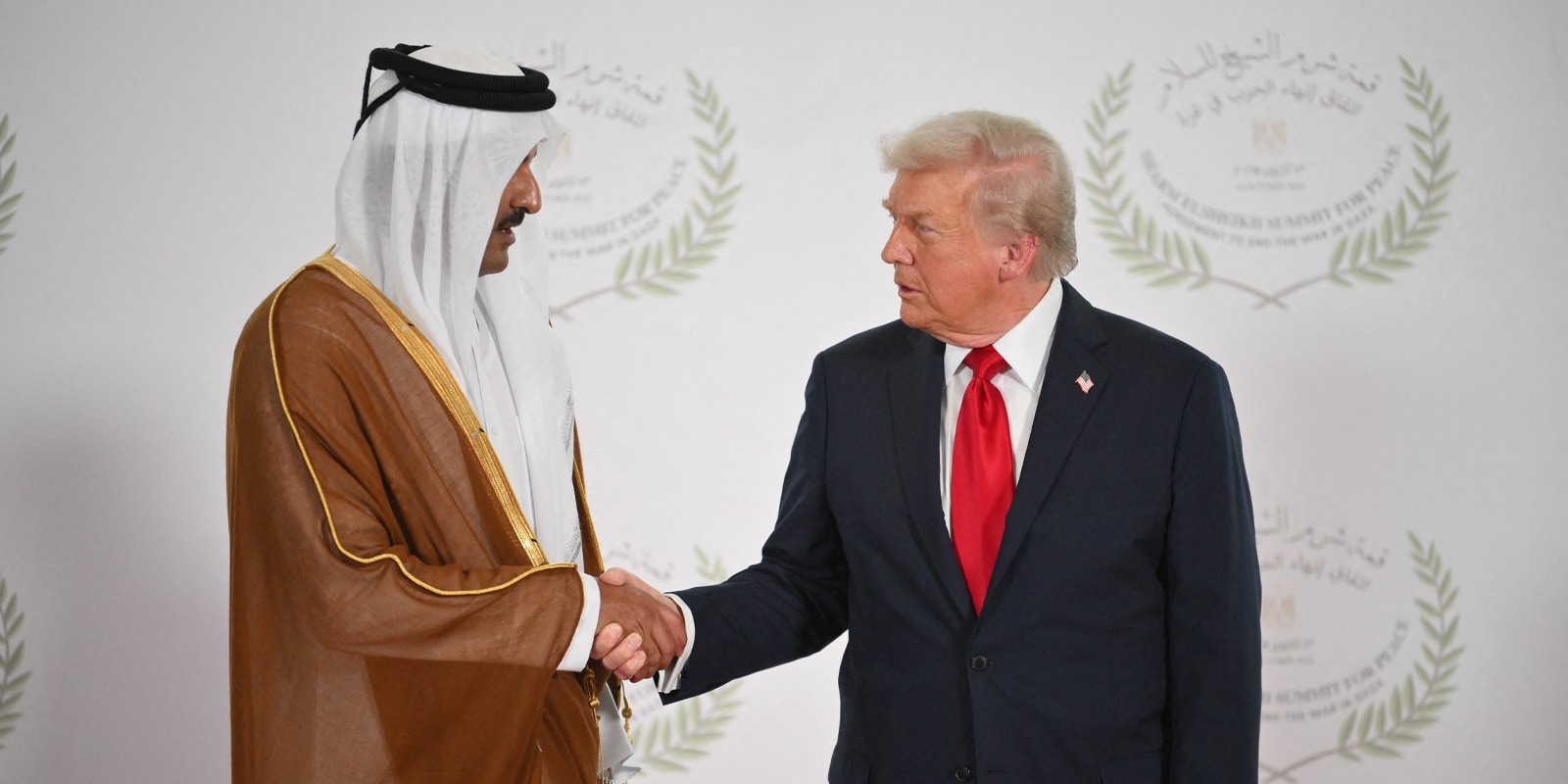
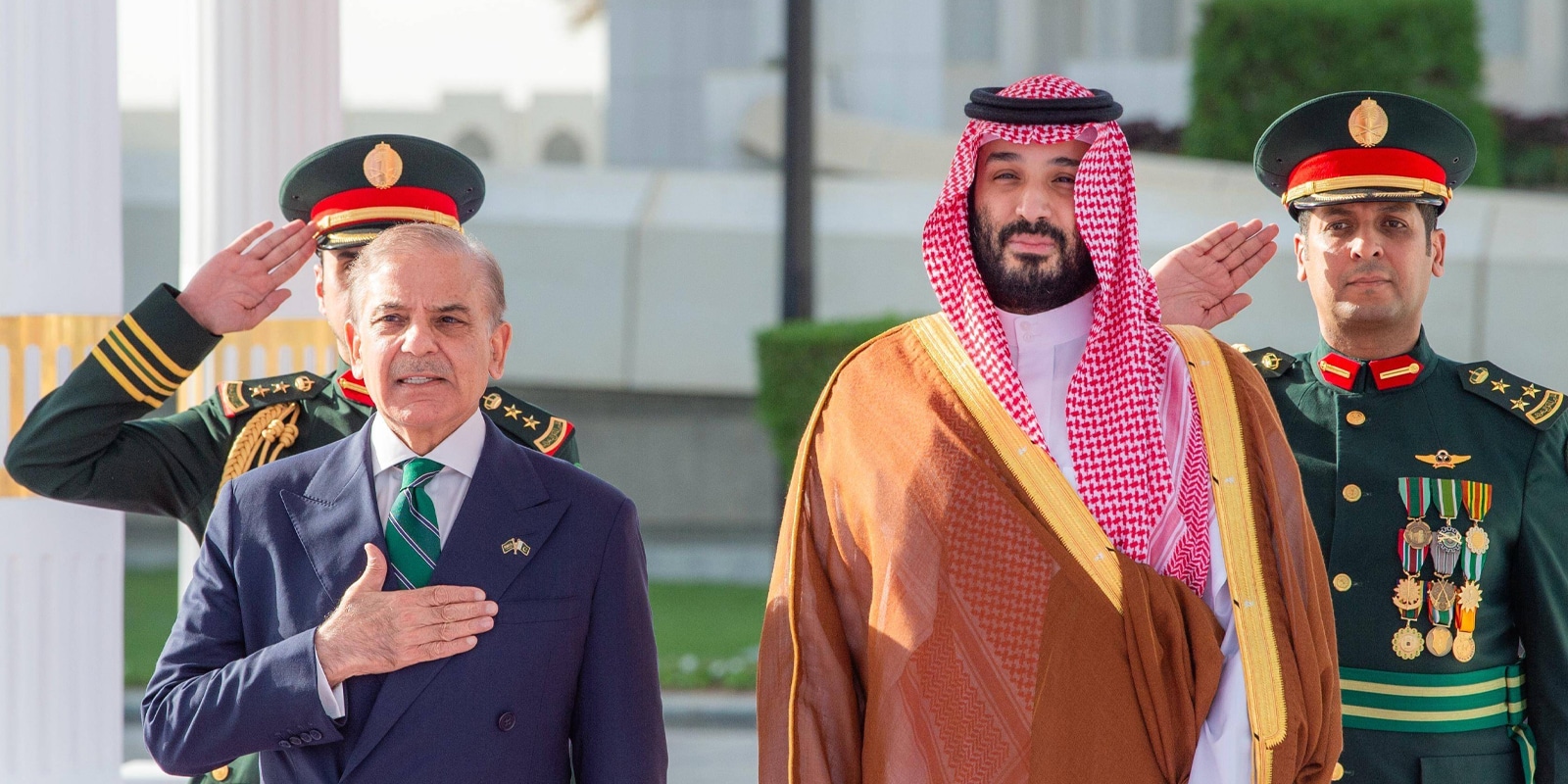

Hamas’s Battle with Gaza’s “Rogue Clans” in the Eyes of the Palestinian Public